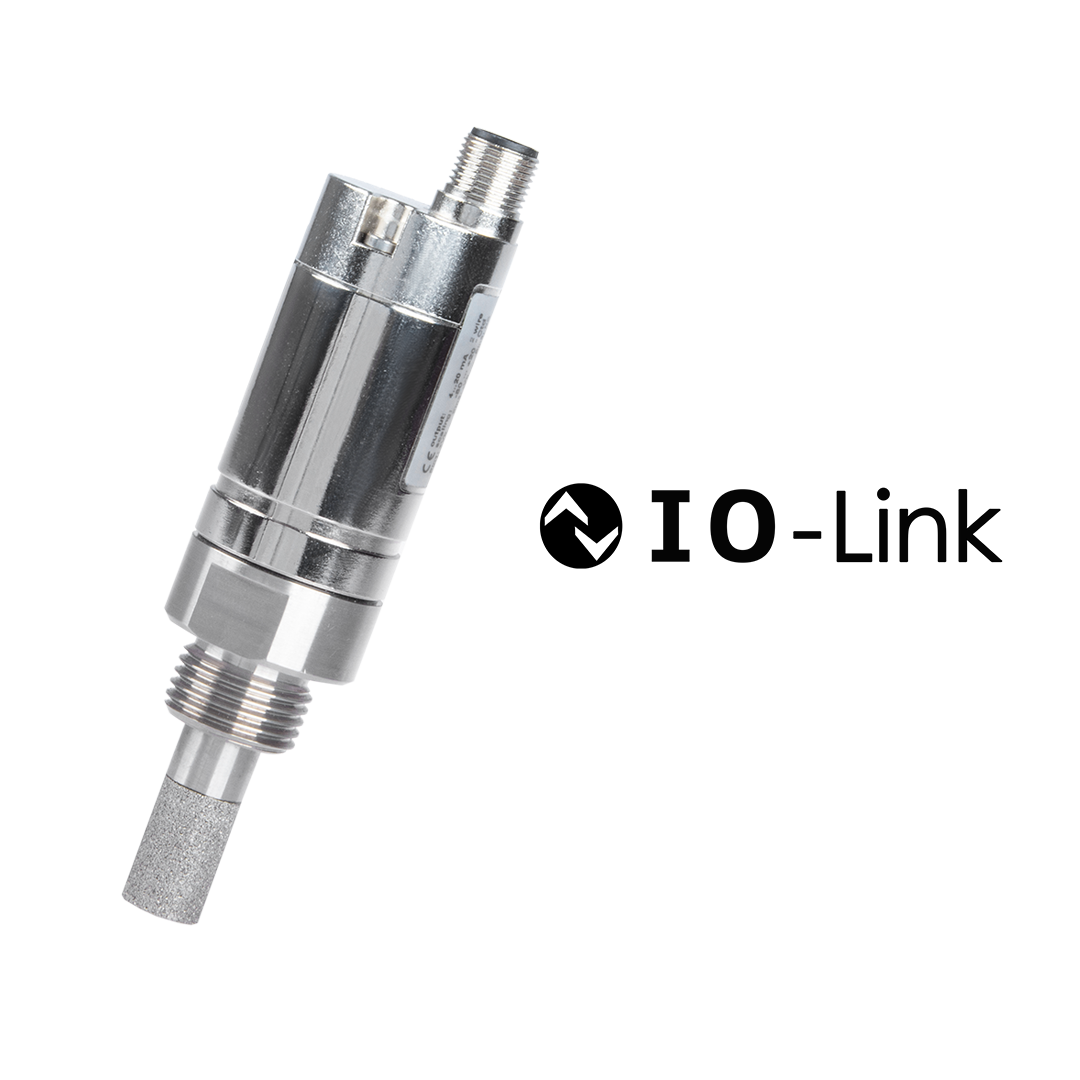
FA 510/515 - Dew point sensor for refrigeration dryers
Dew point measurement from -20 to 50°Ctd. New: with Modbus-RTU interface.
In addition to limit values for chemical components such as oxygen, Nitrogen, carbon monoxide or carbon dioxide, breathing air in compressed form, such as that used by divers and firefighters, must also meet requirements for water and oil content.
The exact limit values are described in DIN EN 12021: 2014-07 and briefly illustrated in the following table.
Breathing air standard DIN EN 12021: 2014-07 | |
Oxygen content (O2) | 21 % ± 1 % |
Carbon monoxide content (CO) | 5 ppm |
Carbon dioxide content (CO2) | 500 ppm |
Oil content | 0.5 mg/m3 |
Water content (H2O) | 25 mg/m3 |
Failure to comply with these limit values can result in considerable damage to life and limb. For example, too high a moisture content in the compressed air cylinders can lead to the following:
Corrosion in the breathing air cylinders
The breathing air cylinder can be damaged by the gradual development of rust without being noticed. When using damaged cylinders, unintentional accidents can occur due to malfunctions.
Inhaling corrosive components is also harmful to health, so even without a malfunction, gradual personal injury can occur.
Breeding ground for mold or other harmful bacteria
Excessive Humidity promotes the growth of mold or bacteria. Inhaling these can lead to pneumonia and other serious illnesses.
Ice formation at low Temperatures
During extreme diving in waters with temperatures close to freezing point, ice formation in breathing air cylinders can lead to dangerous situations. In the worst case, icing of the cylinder outlet under water can lead to death.
Excessive Oil content in Pressure/compressed air cylinders
Oil aerosols + Particles: In addition to permanent breathing difficulties, inhaling Oil mist can, in the worst case, lead to cancer. Aerosols also usually contain tiny metal particles, which do not help the situation.